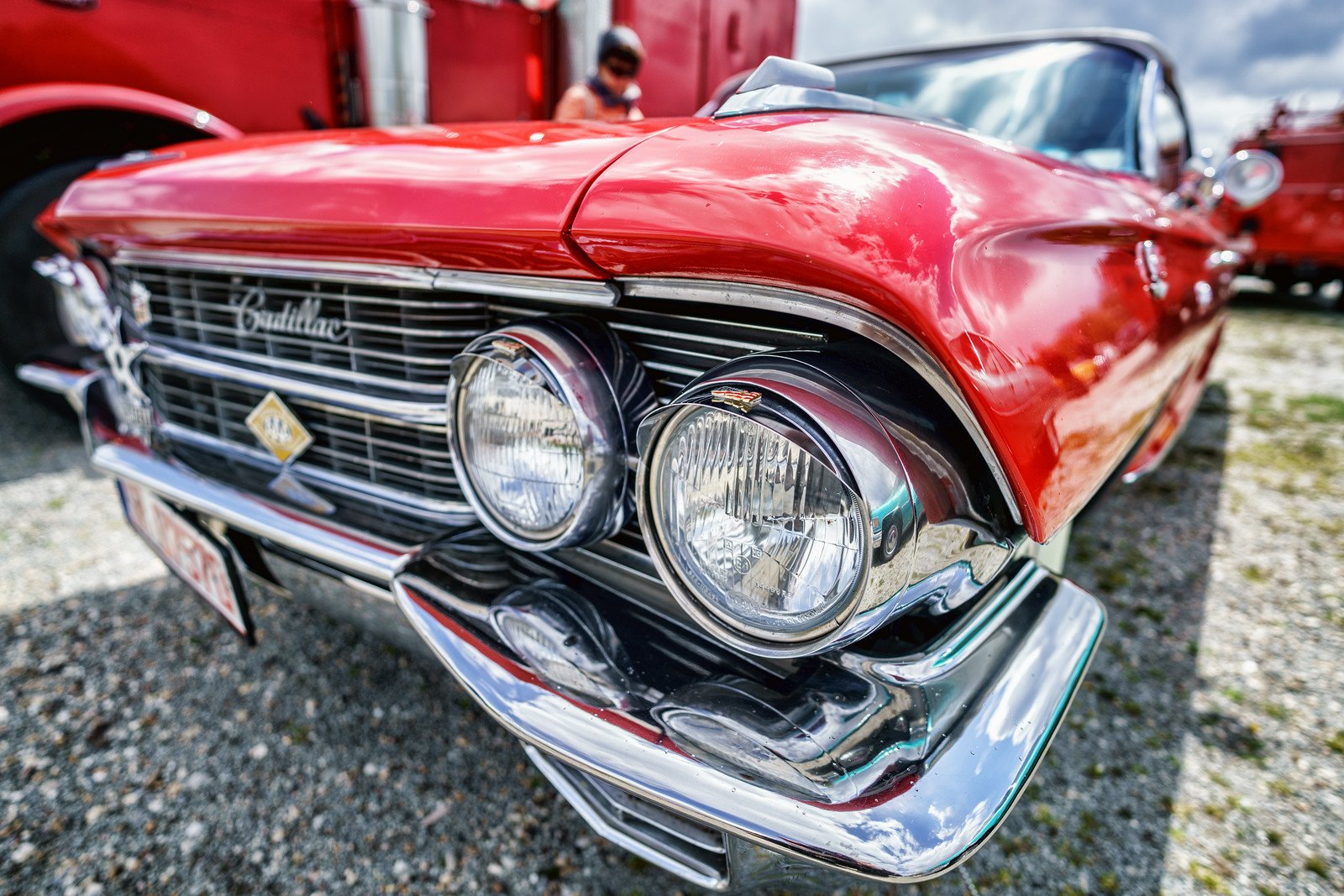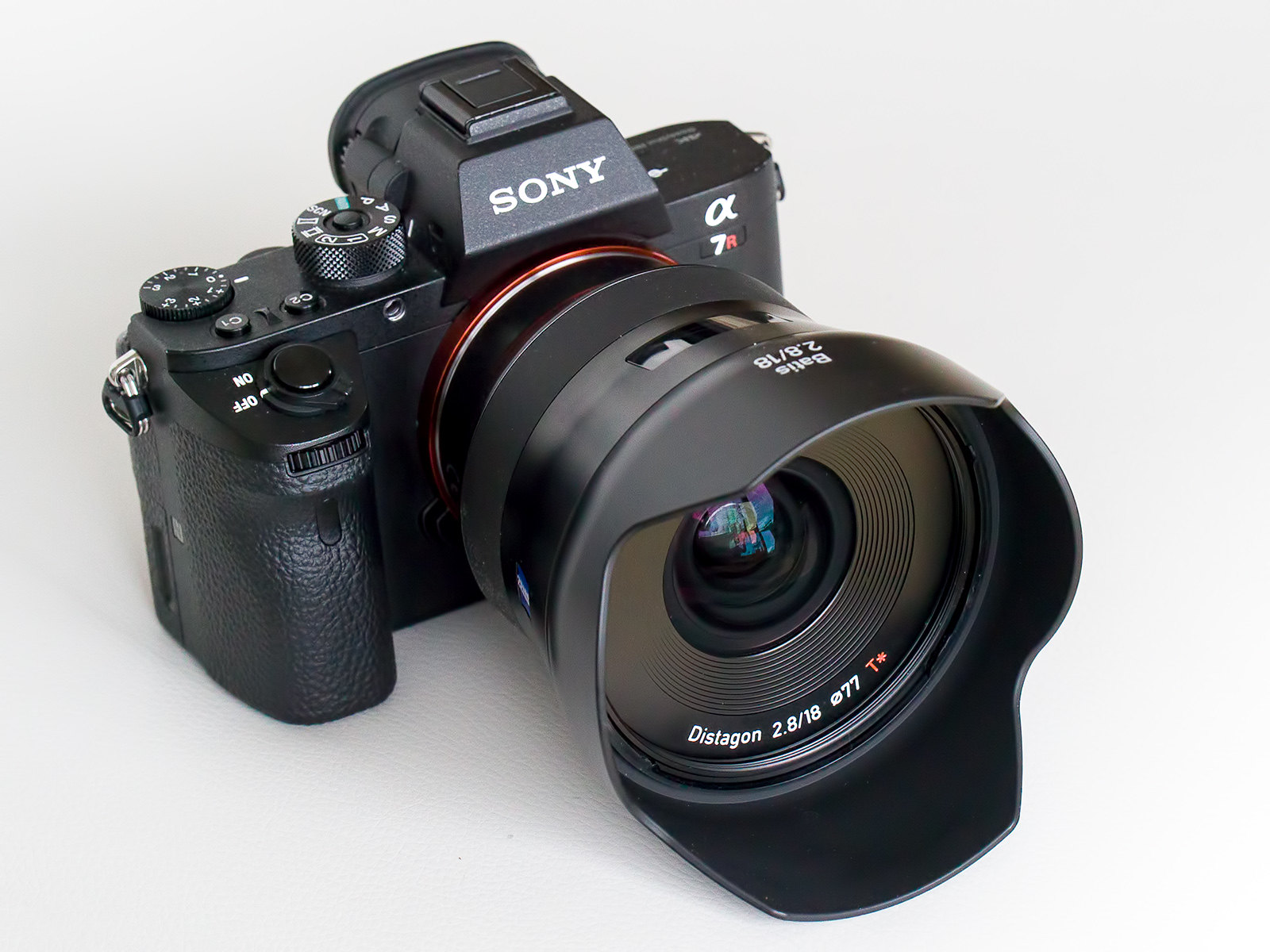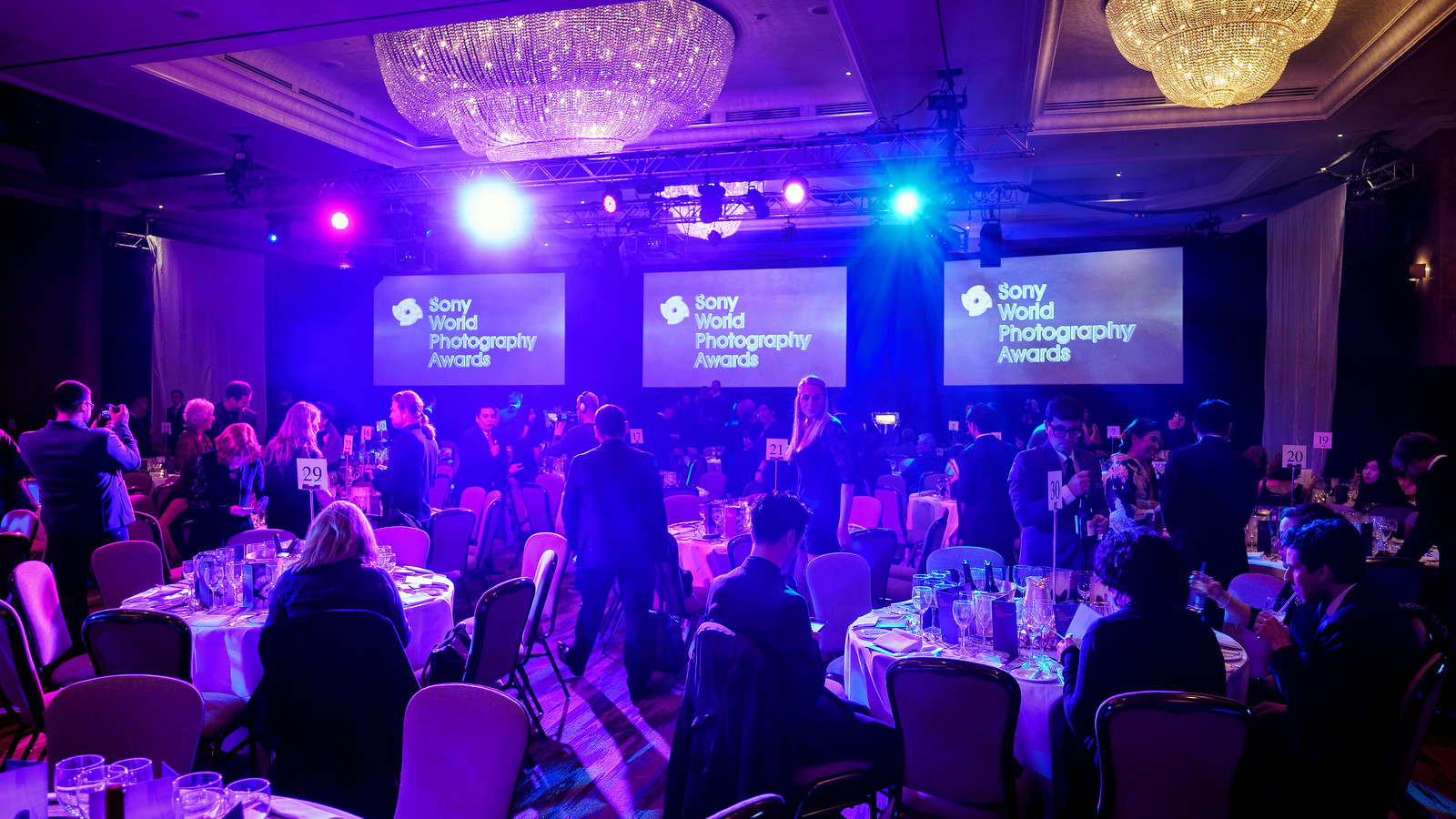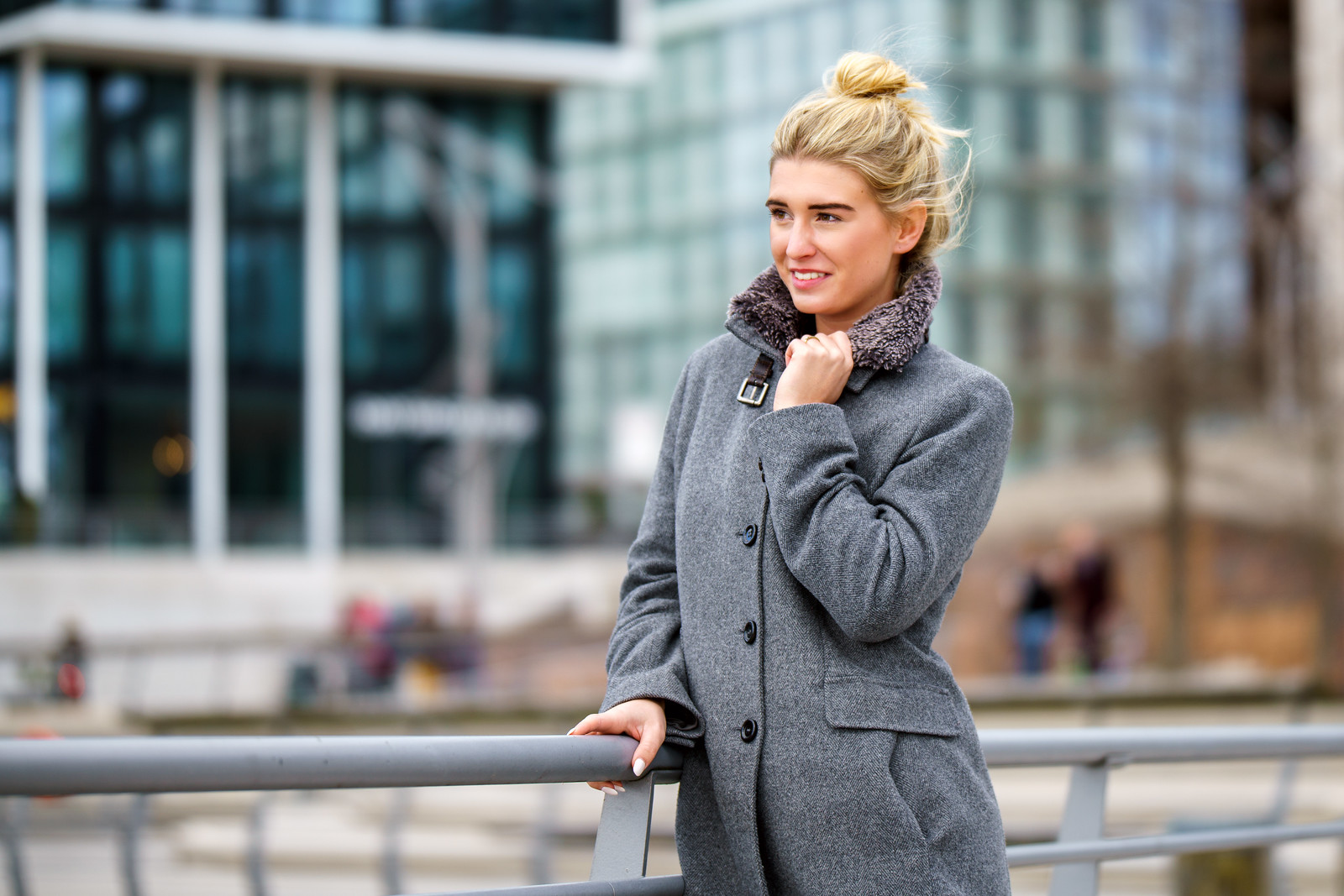
If you are looking for a lightweight full-frame lens with very wide field of view, fast autofocus and large aperture for landscape, astro and architectural photography, the third member of the Batis family may be the ideal lens for you. On top you get dust and spray protection.
After the felicitous Batis 25 and Loxia 21, I was very curious to see, what level of excellence ZEISS can deliver in the 18mm focal length range. As you may already know, Batis lenses are developed specifically for the short flange distance and filter stack of Sony's mirrorless full frame E-Mount cameras, the Alpha7-series. In contrast to the Loxia line, the Batis line comes with fast autofocus and an OLED display providing information about distance and depth of field when using the manual focus option. The Batis 18 incorporates a Distagon floating elements design with 11 elements (several aspherical and special glass). Despite that complexity it comes in a compact housing and weighs only 330g. Click here for further details.

ZEISS Batis 2.8/18 on Sony A7RII
Bokeh
Usually I start my reviews with a deeper look into sharpness / details. This time I will focus on bokeh first, as there are not many super wide angle lenses starting with an f/2.8 aperture. Despite other ultra wide lenses like the Voigtlander 15mm f/4.5 or the Zeiss FE 16-35 f/4, the Batis 18 still provides some options to play with depth of field arranging an object sharply in the close-up range with a nice background blur.
A first example you can see already as title image fo this article, here are further samples at f/2.8:













